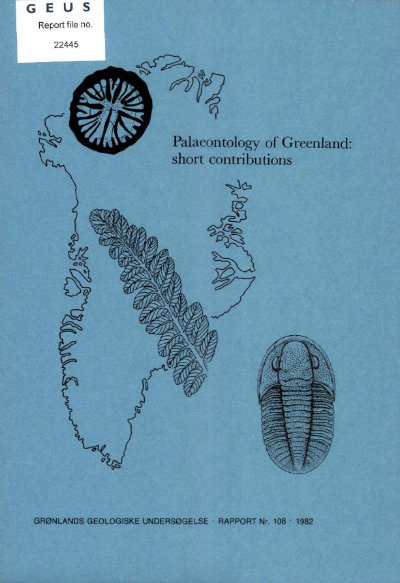Fossils from the Poulsen Cliff Formation, Washington Land, western North Greenland
DOI:
https://doi.org/10.34194/rapggu.v108.7779Abstract
The Poulsen Cliff Formation of Washington Land, western North Greenland, is a recessive, pale weathering unit, 100-125 m in thickness, of thinly-bedded dolomite, shale and sandstone witll conspicuous evaporites. The formation represents the continuation into Greenland of the lower part (member a) of the Baumann Fiord Formation evaporite sequence of the Canadian Arctic Islands, which outcrops over a distance of about 1000 km from Cornwallis Island to Ellesmere Island (Mossop, 1979; Peel & Christie, 1982; Peel, in press). The Poulsen Cliff Formation was first described by Troelsen (1950). It did not yield fossils to Troelsen but could with certainty be ascribed an Early Ordovician age on account of its stratigraphic position between fossiliferous units (Poulsen, 1927; Peel & Christie, 1982).
Downloads
Published
Issue
Section
License
This article is distributed under a CC-BY 4.0 licence, permitting free redistribution and reproduction for any purpose, even commercial, provided proper citation of the original work. Author(s) retain copyright over the article contents.


